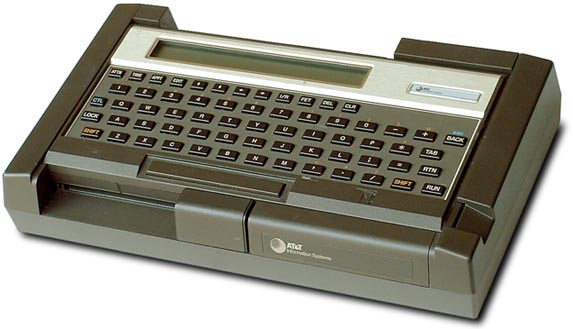|
|---|
History of Hewlett-Packard Computers |
- 1972: Hewlett-Packard pioneers the era of personal computing with the first scientific
hand-held calculator, the HP-35, which makes the engineer's slide rule obsolete.
- 1973: Stephen Wozniak joins HP.
- 1976: Steve Wozniak proposes that HP create a personal computer. He is rejected.
- 1976: October - Steve Wozniak remains at HP, but is soon convinced that he should
leave and join Apple Computer.
- 1976: HP begins Project Capricorn, to build a computer-like calculator.
- 1980: January - HP completes work on the Capricorn project, producing the HP-85.
With a 32-character wide CRT display, small built-in printer, cassette tape recorder, and keyboard, it sold for US$3250.
- 1980: February - HP announces that it will switch to Japanese makers of 16K RAM chips. HP had examined chips from
Japan and the US, and found that chips from the best American firm had six times the failure rate of the worst Japanese producer.
- 1982: HP introduces the HP-75C portable computer. Price is US$995.
- 1983: June - HP introduces the HP-7475A 6-pen plotter, for US$1895.
- 1983: October - HP unveils the HP 150 microcomputer.
- 1984: May - HP introduces the HP 110 laptop computer.
- 1984: HP introduces the LaserJet laser printer, featuring 300dpi resolution, for US$3,600
- 1987: HP releases the HP PaintJet color inkjet printer
- 1989: May - HP buys workstation maker Apollo Computer for US$476 million.
Source:
Chronology of Events in the History of Microcomputers
| |
|---|
|





